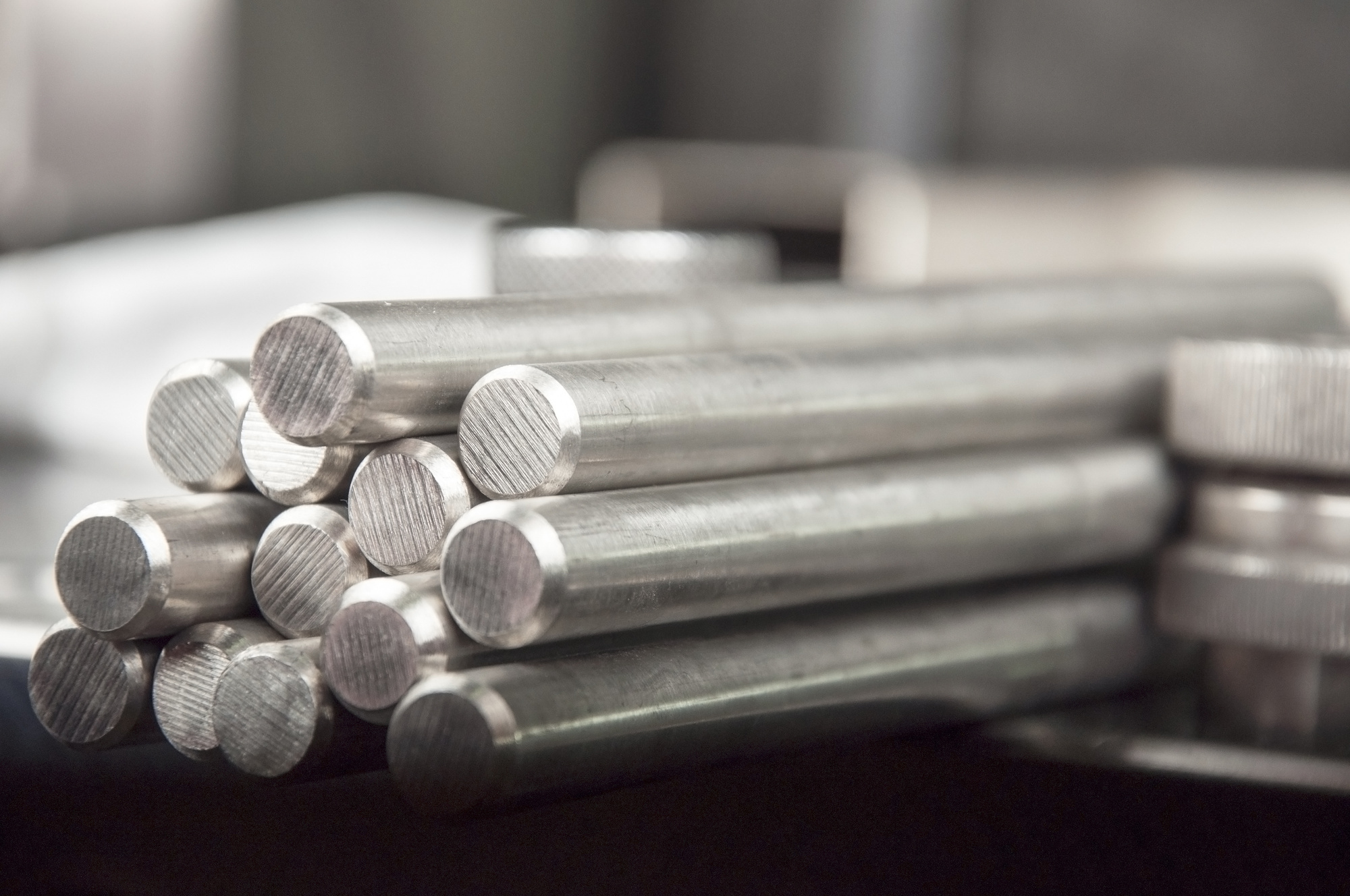10 Eye-Catching Facts About Nitinol You Won’t Believe

Our entire world is made up of different materials that we don’t think twice about. Everything comes from Mother Nature and can be altered to create impressive substances that we can continue to advance society with.
Almost all job sectors need different types of materials, depending on the job. If you’re a scientist or engineer, this is one of the biggest aspects of your career- what do I use to create this new thing?
One of the most interesting and less known materials is nitinol. This is nickel-titanium, both of these elements combined, to create a unique material.
You use plastic if you need something durable that can also be easily manipulated, aluminum if you’re making airplane pieces that need to be light and deal with high temperatures, and so on. With nitinol, it’s strange characteristics make it very useful for different reasons.
If you’re curious about nitinol, here are 10 eye-catching facts about it.
1. Nitinol is a Shape Memory Alloy
Nitinol is a Shape Memory Alloy which means that it can be manipulated and deformed and then returned to its original state! How? Using one temperature to bend or alter it then using a slightly higher temperature to bring it back to its original form.
Materials that can do this are smart materials since they can remember a shape. Other shape memory alloys include Copper-Zinc-Aluminum as well as Copper-Aluminum.
2. Nitinol Is an Acronym
The word Nitinol comes from its composition and where it was developed. It’s made of Nickel-Titanium, and it was developed at the Naval Ordinance Laboratory. The first two names create the first four letters, and the place of creation is the last three.
3. Nitinol Is Very Expensive
If you’re interested in testing out this strange material on your own, you should know that it’s not an affordable material. A pair of nitinol costs more than $200. While this may not seem like much, for the manufacturers and scientists who need to use a ton, it adds up.
This is why many manufacturers prefer to use cheaper, copper-based alloys. The choice becomes pretty clear when you compare the two based on price. Nickel-titanium is about $11 a pound while copper-zinc-aluminum is about $1 a pound.
4. Nitinol Can Be Highly Reactive
Did you know that nitinol needs to be created in a controlled environment? This is because nitinol is difficult to produce due to titanium being highly reactive with oxygen as well as carbon. So nitinol is often made in a vacuum.
Manufacturers have to take great care to ensure that no potential impurities would disrupt the composition of nitinol.
5. Nitinol Can Stop a Bullet
Maybe all those superheroes we see on TV have suits made of nitinol because this material is strong enough to stop a bullet! According to lead researcher Afsaneh Rabiei, the metal foam can stop a bullet even if the thickness is less than an inch.
Although the bullet can’t penetrate nitinol, it’ll hit it and bounce off. The material is so strong that it was able to pulverize it.
6. Nitinol For Aerospace Components
When you think of different materials, the strength and use come to mind. You probably have some idea of the types of material that have the best compositions for the larger engineering tasks like creating airplane parts. Well, you guessed it, nitinol is widely used in aerospace components.
The reason being is that unlike flimsier materials such a plastic, traditional alloys as well as shape-memory alloys are flexible and strong. They’re also easy to sterilize and resistant to corrosion as well. These lightweight and tough materials can work under high temperatures.
All these qualities make them ideal for things like space rockets and space probes.
7. Cutting Tools Are No Match for Nitinol
By now, you understand that nitinol is a tough material. It’s so tough in fact that it’s difficult to machine and forge. The pseudo-elasticity resists that sort of engineering, and it even tends to dull cutting tools! The way to get around that is by using alternatives.
This means everything from laser cutting to abrasive grinding to get the job done.
8. Nitinol Is Used for Braces
Due to the bendable shape of nitinol, you’ll find it in the wiring and brackets that connect teeth in braces. People who get braces have all kinds of tooth formations, and this requires flexible material that can work with all types of teeth. Nitinol is also used during root canals, particularly for cleaning it and helping shape it as well.
9. A Navy Physicist Discovered Nitinol
You may be wondering about the discovery of this impressive material. Well, the year was 1959, and a Nacy physicist named William J. Buehler was looking for a method to get Navy missiles through the heat of reentry into the atmosphere. This needed a tough material that had different properties of similar alloys.
He worked day and night until he selected about 60 compounds to study. He narrowed it down to 12 and began to test impact resistance. He noticed that the one that had the most resistance was nickel-aluminum or nitinol.
10. Nitinol Is Great for Medical Uses
So nitinol is great for a myriad of things. Time to add another to the list. It is a common material used in the medical field.
The enormous elasticity makes it great for colorectal surgery, stents, and tubing for many medical applications. As mentioned earlier nitinol wire is used for dentistry and provides improved functionality that is available for many other surgical instruments everywhere.
Material Like No Other
The exciting thing about material science is that there is so much information. Even if you don’t plan on having a career where you’d need to know about what material things are made of, it’s fun to absorb these facts and be more observational about what makes up our everyday life.
Nitinol is one of those unique materials that are easy to dismiss but great to know about – even if it’s just to show off to your friends.
If you loved these eye-catching facts about nitinol, check out our other science articles!



